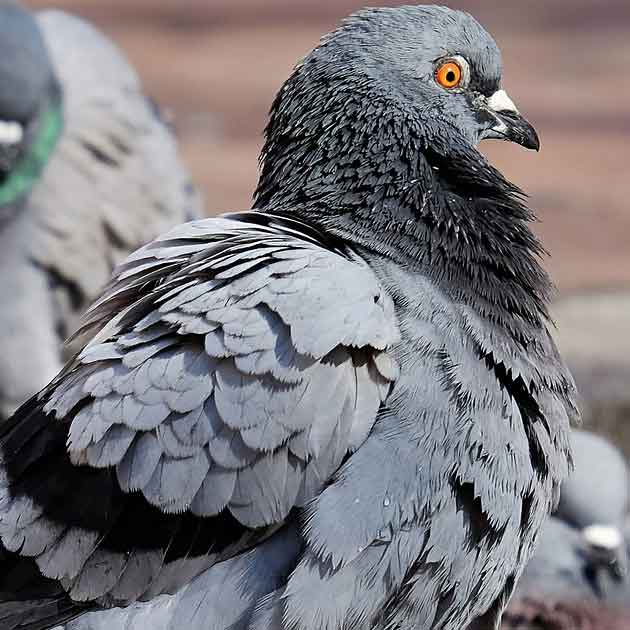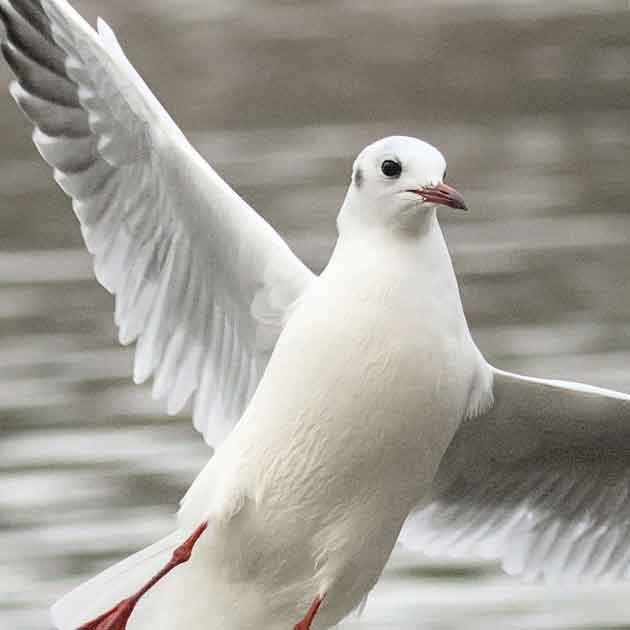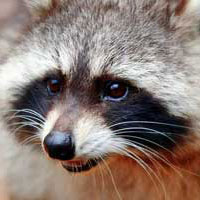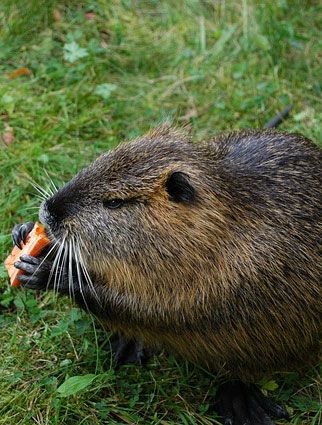
Identification
Head and body length usually reaches 10-14 in. (25 36 cm); tail 8-11 in. (20-28 cm). Average body weight is 2 - 4 lbs. (908 - 1816 g). Muskrats have dense, rich brown fur, overlaid with coarse guard hair; and a silvery underside. Its most distinguishing feature is its long, naked, scaly, and black tail; flattened from side to side. Their presence in marshes may be detected by the conical houses, 2 - 3 ft. (61 - 91 cm) above water, which are built of marsh vegetation.
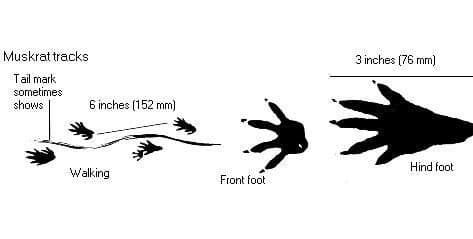
Muskrat Damage
Usually, muskrats are a nuisance to the landowner if they are damaging a garden or crop by their feeding and burrowing activities in their 200-yard home range. Some structural damage to dams or dikes can occur as a result of burrowing.
Muskrat Control
Preventative measures include Exclusion*. Control methods include Live Trapping*, Licensed Trapping*, Physical Capture*, Shooting*, Relocation*, and Destruction of the animal.
Please note that, in contrast to almost all other Ontario animal control operations, as a licensed furbearer trapping company we are able to employ all of these control methods INCLUDING relocation or permanent removal of captured muskrats.


